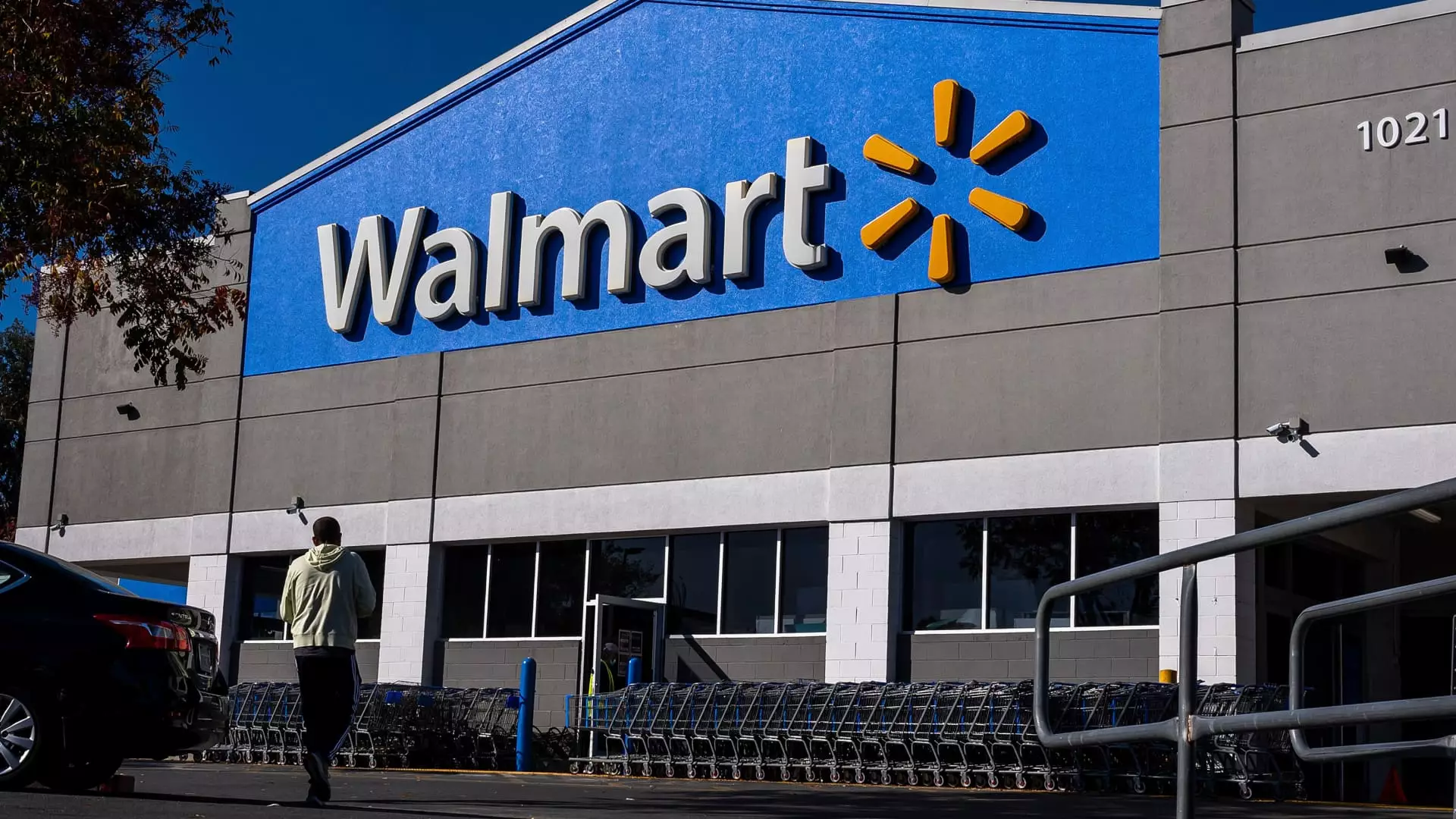As the economic landscape shifts under the influence of new political policies, major retailers find themselves standing at the precipice of change. With the incoming administration proposing substantial tariffs on imports, companies such as Walmart are vocal about the financial repercussions that these changes may bring. Recently, CFO John David Rainey expressed a cautious, yet resigned outlook on the situation, acknowledging that consumers might be faced with higher prices for certain products. This article delves into the broader implications of the proposed tariffs, examining the potential consequences for retailers and consumers alike.
During his presidential campaign, Donald Trump outlined plans for imposing tariffs ranging from 10% to as much as 100% on imports, particularly targeting goods from China. The National Retail Federation, a significant voice in the retail industry, described these tariffs as a direct tax on American families. The ramifications of such tariffs extend beyond just higher prices; they are poised to induce inflation, leading to potential job losses in various sectors. This creates a daunting scenario for retailers who have prided themselves on providing low prices, a core tenet of their business models.
Walmart’s response is indicative of a larger trend among retailers in the U.S. The company reported stronger-than-expected earnings and raised its full-year forecast even while grappling with potential inflationary pressures. Rainey’s comments highlight a strategic pivot retailers must consider: while they aspire to keep prices low, economic realities driven by tariffs could compel them to raise prices on select items.
Adding weight to Rainey’s words, other executives in the retail space have voiced similar concerns. For instance, E.l.f. Beauty’s CEO Tarang Amin cautioned that increased duties would force price adjustments. Meanwhile, footwear brand Steve Madden indicated plans to diminish its reliance on Chinese imports by nearly 45%, seeking to mitigate the financial fallout from tariffs. These decisions reveal a shared urgency among retailers to navigate the uncharted waters that such tariffs present.
One of the more pragmatic responses to the looming tariffs involves re-evaluating supply chains. Rainey noted that about two-thirds of Walmart’s offerings are domestically produced, a strategic decision that suggests a buffer against the proposed tariffs, at least for a portion of their inventory. Similarly, Lowe’s CFO Brandon Sink emphasized efforts to diversify the company’s supply chain, with approximately 40% of goods sold sourced from overseas. Their proactive approach reflects an understanding that adaptability is crucial in a fluctuating economic climate.
The diversification strategy isn’t merely a defensive tactic but a necessity borne from experience. Rainey emphasized that Walmart has been contending with tariffs for the past seven years, shaping their operational models. This history has reinforced a mindset of resilience and adaptability, which could serve them well in the face of future economic disruptions.
As these potential price increases loom, the impact on consumers cannot be overstated. After years of inflationary pressure on household budgets, the mere prospect of raised prices is troubling. For many American families, everyday essentials may become increasingly unaffordable. This reality raises vital questions about consumer purchasing behavior and how families will reconcile their budgets in response to such changes.
In light of these market dynamics, retail leaders must tread carefully. The fine balance of maintaining profitability while safeguarding customer loyalty is ever more delicate in an inflationary context. Communication with suppliers and innovations in private branding may offer pathways to optimize costs without sacrificing consumer trust.
As we look ahead, the implications of proposed tariffs on the retail sector present both challenges and opportunities. While the specter of increased prices looms large, the strategic responses from retailers like Walmart and Lowe’s indicate a proactive stance in the face of uncertainty. Ultimately, the interplay between governmental policy, retail strategy, and consumer behavior will shape the future economic landscape. Retailers must remain agile, embracing innovation and diversification to weather the impending storm and continue to meet the needs of consumers in an evolving marketplace.


Leave a Reply